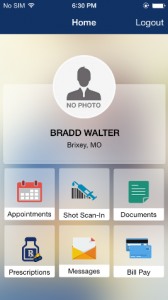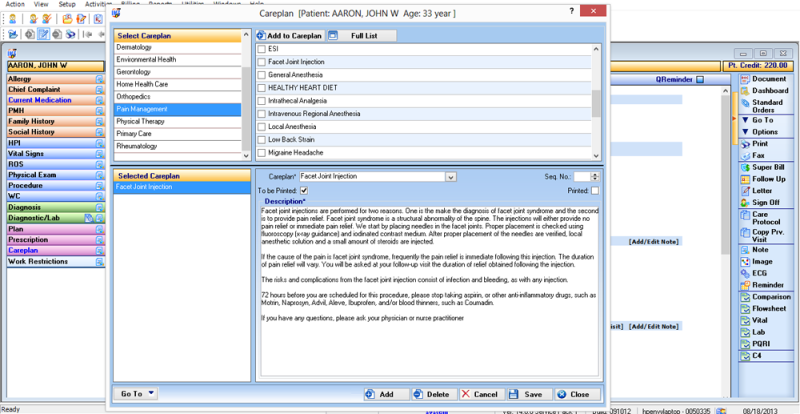Optimizing the healthcare system to improve treatment outcomes and reduce health costs requires patient engagement, the process by which individuals become more active participants in their own health. Despite this, most healthcare organizations lack a patient engagement strategy, preventing patients from fully benefiting from available resources, such as patient education materials, care plan management tools and more.

Patient engagement has become increasingly important, particularly to health organizations transitioning to a fee-for-value payment model and to those participating in Meaningful Use. The goals of both are to improve care quality and the patient experience while reducing the cost of care.
- Fee-for-value: If your organization plans on transitioning to a value-based payment model, whether by joining an ACO, a shared savings program or a different type of organization that incentivizes value over volume, patient engagement will be key. Engaged patients are more likely to follow care plans, achieve health goals and have better treatment outcomes, which means they are also less likely to need hospitalization.
- Meaningful Use: In order to successfully attest for Stage 2 of the Meaningful Use program, providers must get more than 5 percent of their patients to do the following: use secure electronic messaging to communicate with the provider on relevant health information; and view online, download or transmit their health information. With a well-designed patient engagement strategy, organizations can accomplish these goals and create more activated patients in the process.
Leveraging a Patient Portal for Patient Engagement
It is imperative, now more than ever, for organizations to actively promote engagement and implement technologies that facilitate patient-provider collaboration. However, many organizations struggle with this due to the fact that they lack resources for engagement or are unsure of where to start.
One easy way to jump-start an engagement strategy is to implement a patient portal and encourage patients to use it. Patient portal software makes communication easier (patients can send secure messages to their provider at any time), it gets patients thinking about their health outside the doctor’s office (they can access care plans and track vitals), and it contributes to overall satisfaction (patients can schedule appointments easily, request medication refills and pay their bills). It is also a tool that patients are ready and willing to use.

 The
The 


